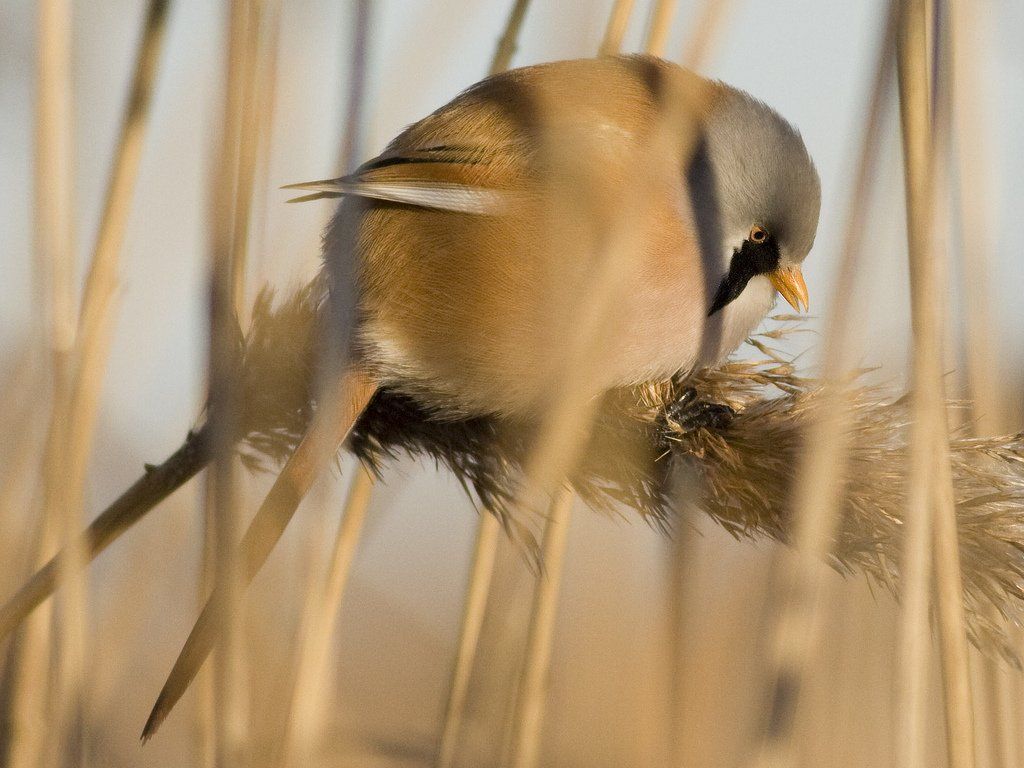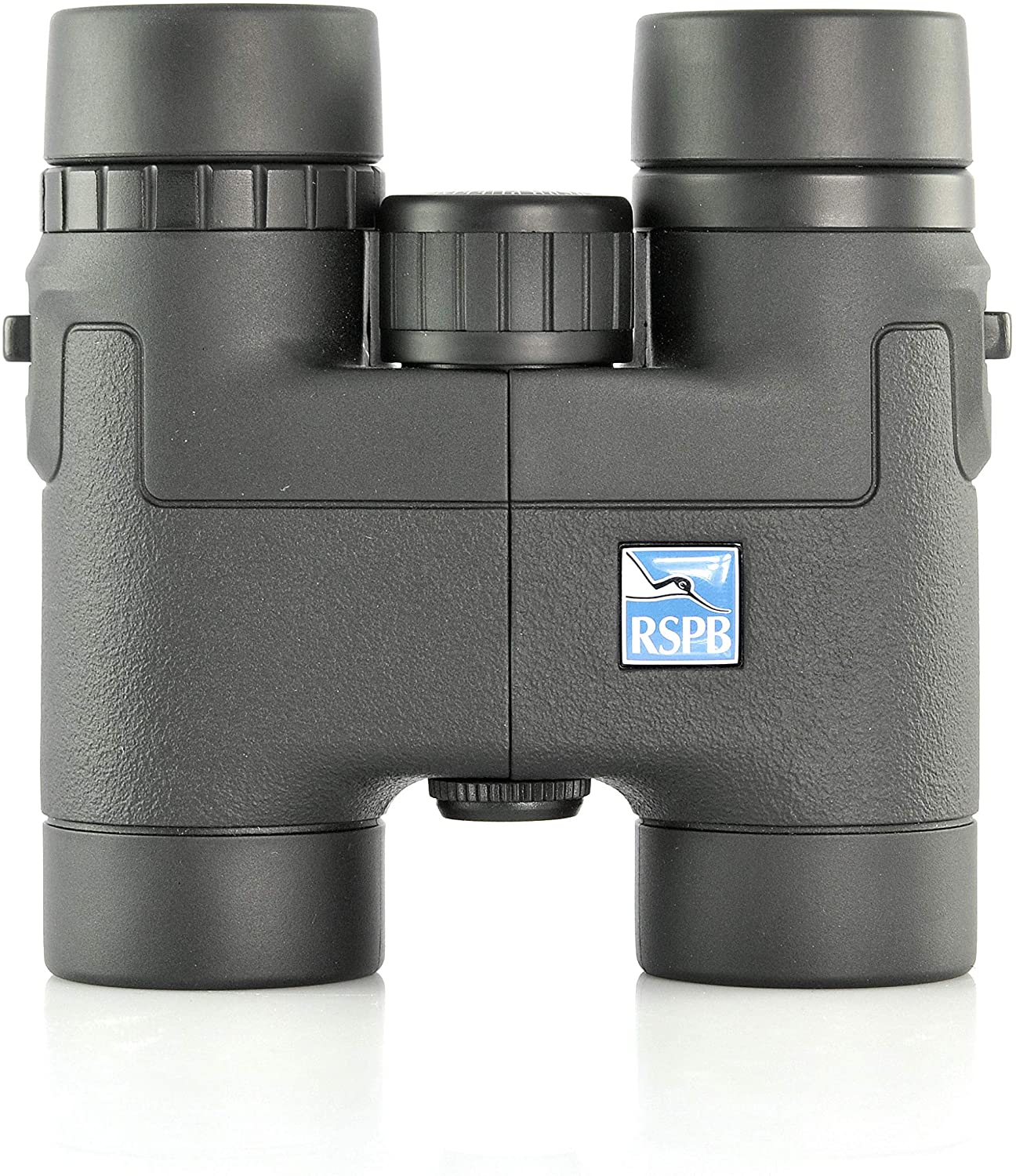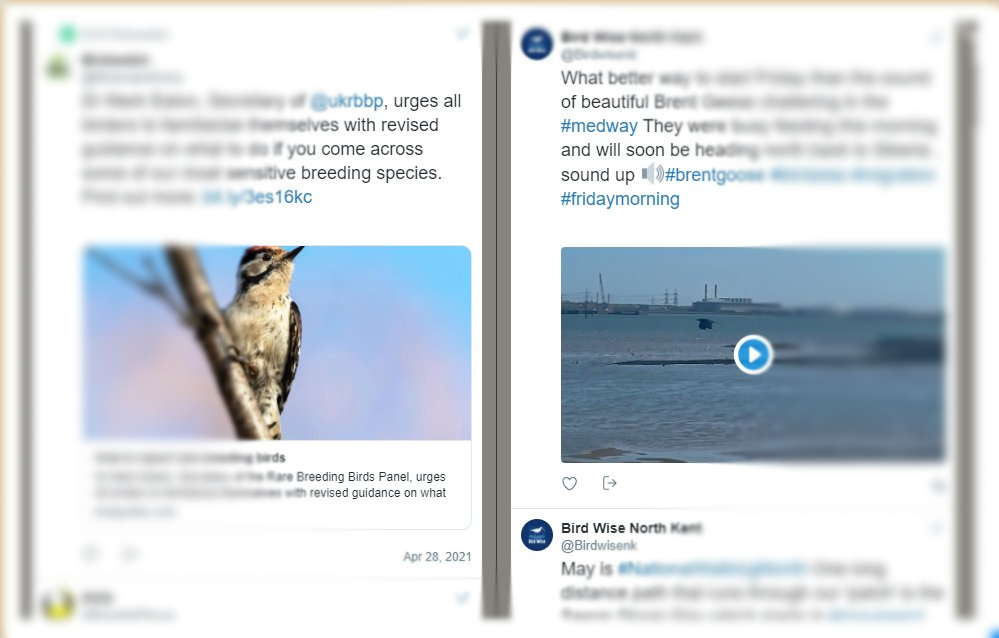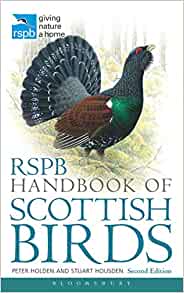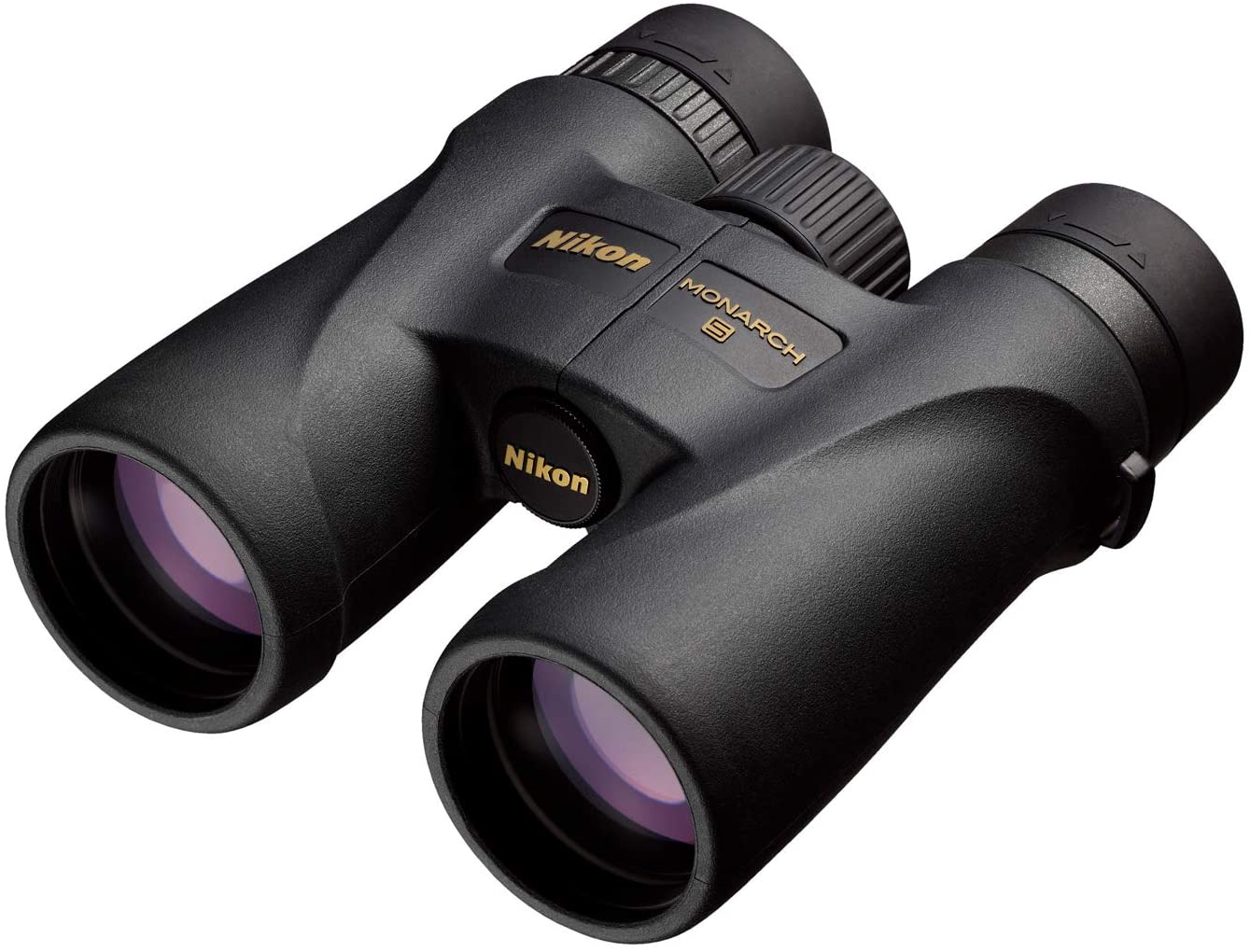The Tay estuary is one of the largest in eastern Scotland and is up to 2.5 km wide. The estuary consists primarily of inter-tidal sand and mud flats that extend seaward out to the main channel of the estuary, the majority of which lie on the northern shore. Landward of these are saltmarsh and Phragmites reedbeds. There are two large islands: Mugdrum Island opposite Newburgh and Moncreiffe Island immediately below Perth. The Phragmites reedbeds on the north shore stretch for some 15 km and are thought to be the largest and most continuous in the UK. The reedbeds are tidal and flooded on spring tides. They support nationally important breeding bird populations. With the help of groynes built out into the estuary, reedbeds were planted in the 19th century to protect agricultural land, and have since expanded naturally. Much of the agricultural land was formerly marsh which itself had been drained and cultivated by Cistercian monks in the 15th and 16th centuries. In 1974 commercial harvesting of the reedbeds for thatching reed began, and has continued to the present day, albeit now on a reduced scale by RSPB.
The Inner Tay Estuary was selected as an SSSI on account of its importance as a roost for internationally important numbers of wintering geese and as a breeding, migratory and wintering area for birds linked with reedbeds, grazing marsh, saltmarsh, mudflats and sandbanks of the estuary and its margins, as well as the saltmarsh and reedbeds themselves – the latter forming a transition from saltmarsh through to freshwater fen and dry land.
The narrow form of the estuary and the large amounts of freshwater from the Earn and Tay mean that salt water influence does not penetrate to the west end of the site even at spring tides. As a consequence much of the tidal water in the estuary is freshwater or mildly brackish, and most of the ‘real’ saltmarsh has only developed in the Invergowrie to Monorgan part of the site. The mudflats in this area are the most productive for invertebrates and support the largest numbers of wintering and migrant waterfowl. Significant numbers of redshank, dunlin and bar-tailed godwit occur, all of which contribute to the internationally important waterfowl assemblage within the Firth of Tay and Eden Estuary Special Protection Area (SPA) and Ramsar site.
Greylag and pink-footed geese roost in large numbers on the foreshore and on Mugdrum Island, and goldeneye and cormorants feed over the intertidal areas when they are flooded by the tide; the latter also roost out on the sandbars.
On the north side of the estuary stretching for some 15 km is thought to be the largest continuous expanse of reed in the UK. Although the reedbeds are tidal (being flooded on the spring tides) they support nationally important breeding populations of marsh harrier, water rail and bearded tit. (pictured).These species together with others such as reed bunting, reed warbler and sedge warbler and waterfowl such as gadwall, teal and snipe, form part of a rich breeding bird assemblage for the site. Where there is rough grassland and scrub especially along sea walls, the occasional grasshopper warbler is recorded.
Best access is probably from the minor road at Port Allen.
Main picture: Tay Reedbeds Birdersmarket
We highly recommend the publications below to compliment your visit to this Region.
Back to Perth & Kinross Birdwatching sites

